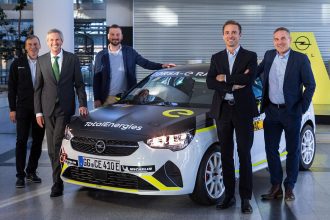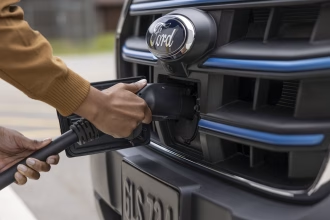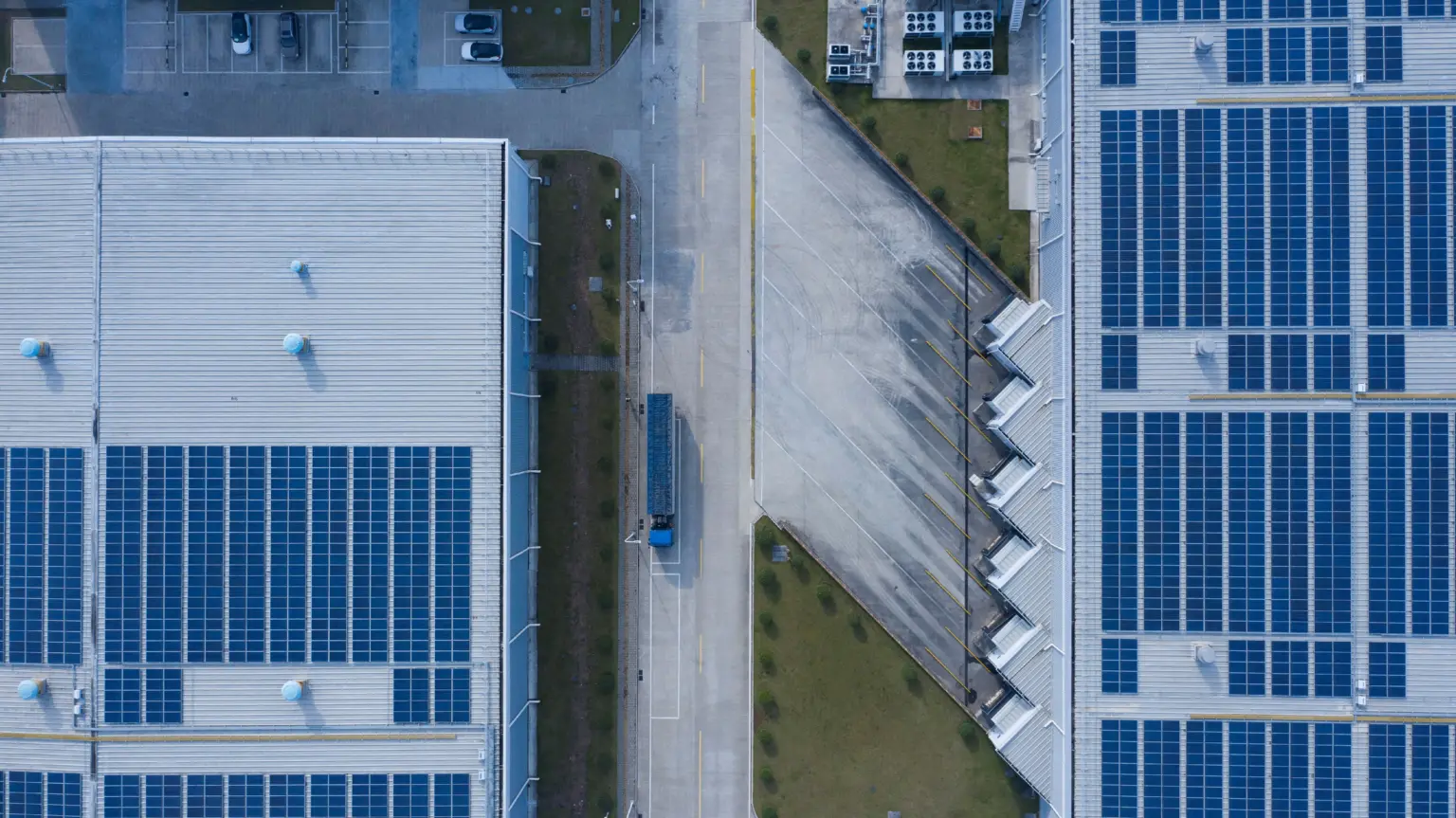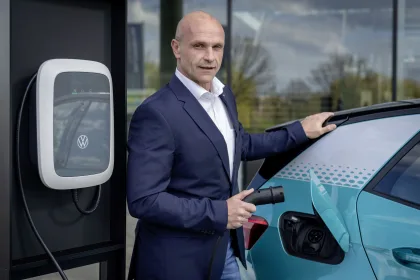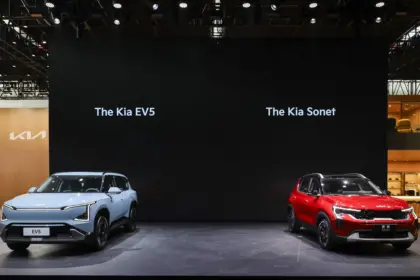Volvo Cars’ Taizhou manufacturing plant has switched to biogas, making it their first plant in China to achieve climate-neutral status. The plant’s switch from natural gas will result in a reduction of more than 7,000 tonnes of CO2 per year.
Despite being a small share of their total Scope 1-3 emissions of 43 million tons, securing climate-neutral energy for their Taizhou plant is an important step towards their goal of having climate-neutral manufacturing operations by 2025 and reducing emissions across their global operations. This ambition is also part of Volvo’s broader aim to reach net zero greenhouse gas emissions by 2040.
Just like all their manufacturing plants worldwide, the Taizhou plant already used climate-neutral electricity, and this latest move makes sure that it also has climate-neutral heating. It’s Volvo’s second car plant globally to become climate-neutral after their Torslanda facility in Gothenburg, Sweden.
“We’re acting fast when viable climate-neutral energy alternatives become available,” says Javier Varela, chief operating officer and deputy CEO at Volvo Cars. “The switch to biogas at our Taizhou plant demonstrates how each of our manufacturing locations across the globe is developing its own climate-neutral energy mix, based on what’s available in the region.”
The Taizhou plant’s energy supply comprises of electricity and heating. It produces around 40 per cent of its electricity need from on-site solar panels – a share that is set to expand in the coming years. The remaining 60 per cent, which comes from the grid, is also climate-neutral electricity from solar. Its heating need is, with this latest switch, met by using climate-neutral biogas.
Volvo Cars recently expanded their sustainability strategy with new ambitious goals for the coming years. Their new aim to reach zero greenhouse gas emissions by 2040 builds on their previous ambition of being climate neutral by 2040. It clarifies that their first priority is to reduce real emissions before turning to carbon removals to mitigate any unavoidable emissions. They are also encouraging their suppliers to do the same.
Since the release of their company’s first sustainability strategy in 2019, they have made good progress towards their climate action targets. On top of reducing CO2 emissions from their total operations by using 74 per cent climate-neutral energy, they are also progressing well towards their overall CO2 targets.


